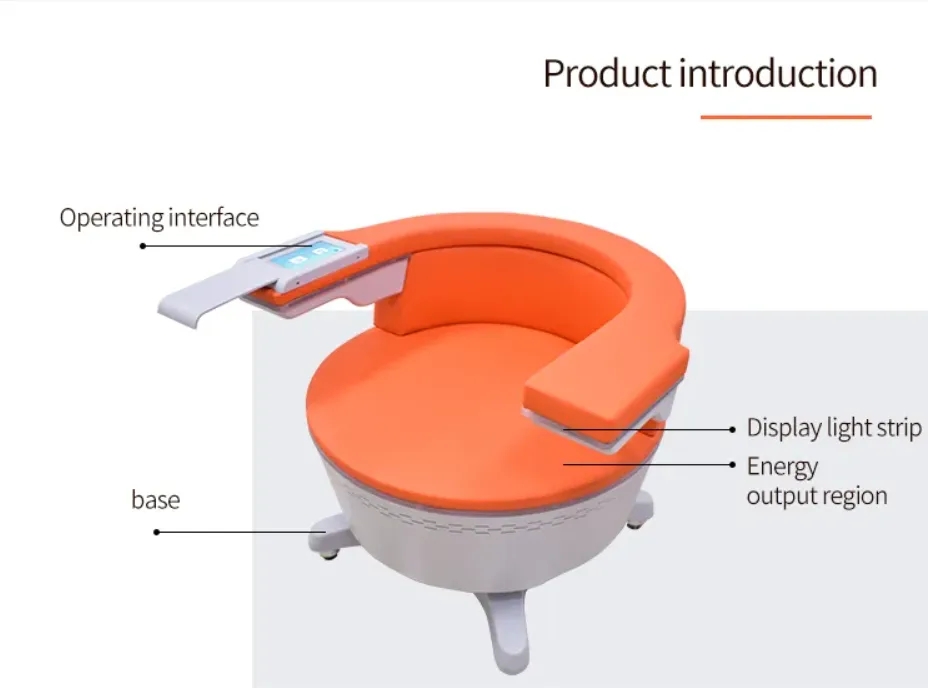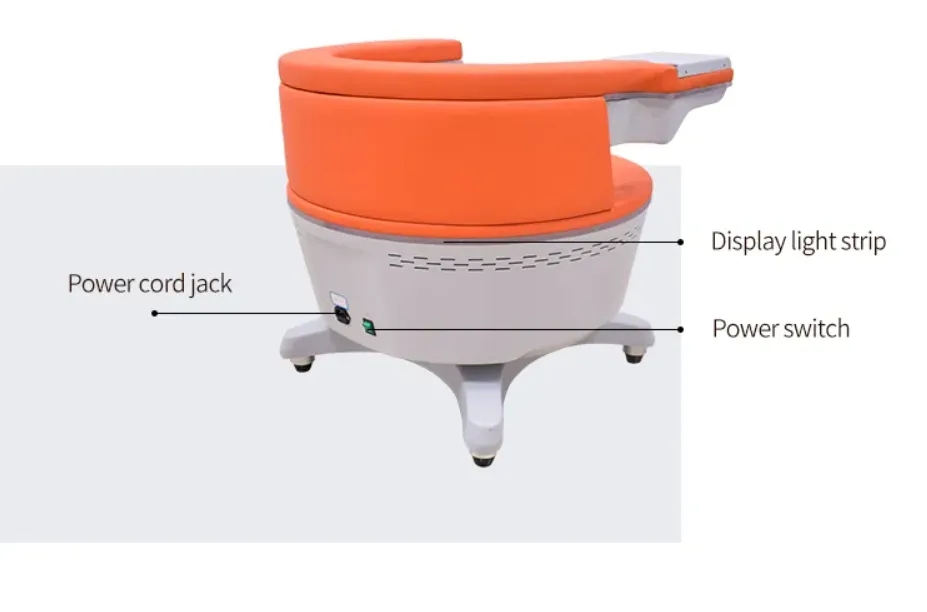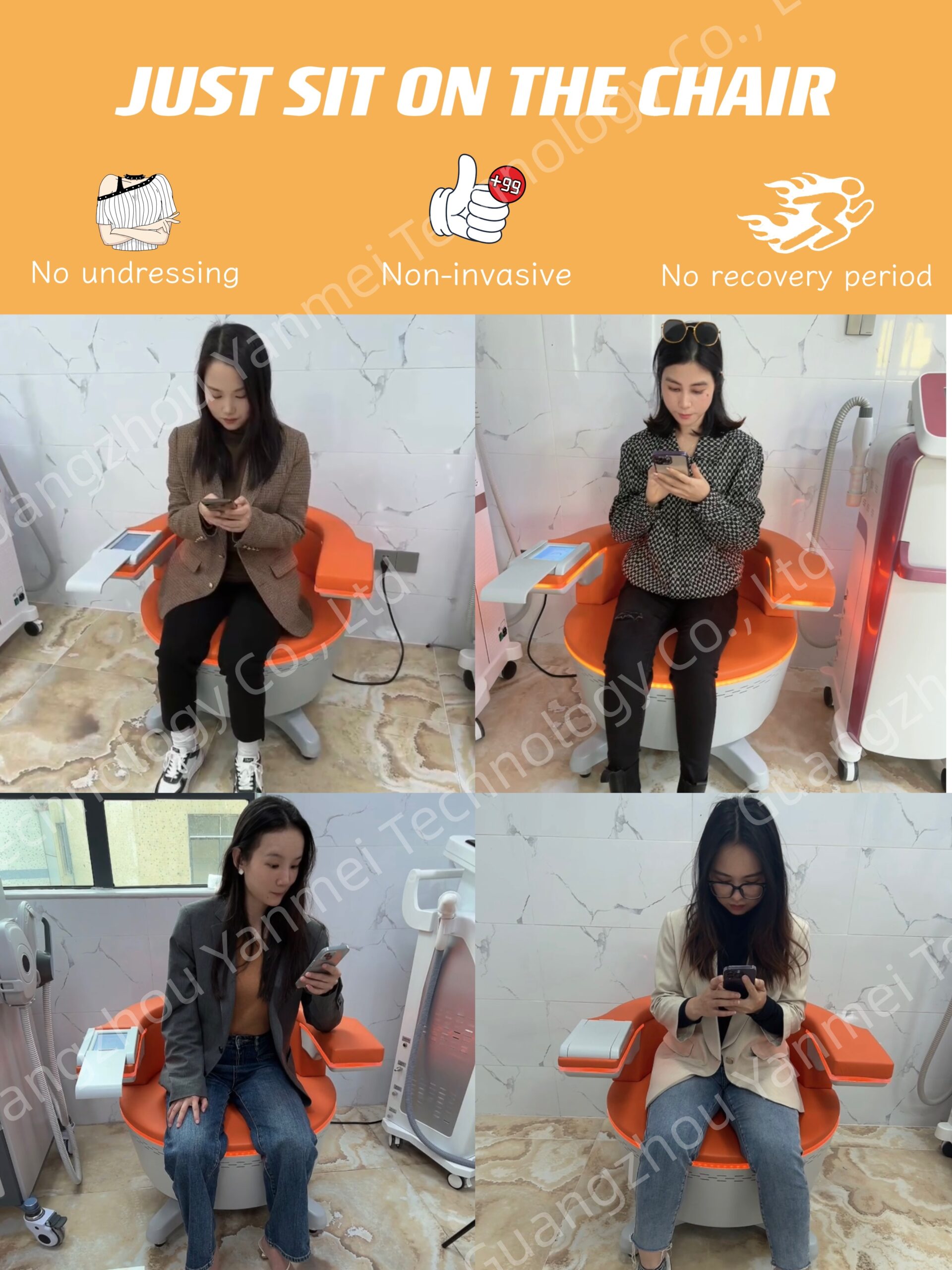Address
1st Floor, Building 7, No. 1, Lianxing Erheng Road, Yinbian, Jiahe Street, Guangzhou, Guangdong, China
Work Hours
Professional 7*24H Online Support
Address
1st Floor, Building 7, No. 1, Lianxing Erheng Road, Yinbian, Jiahe Street, Guangzhou, Guangdong, China
Work Hours
Professional 7*24H Online Support
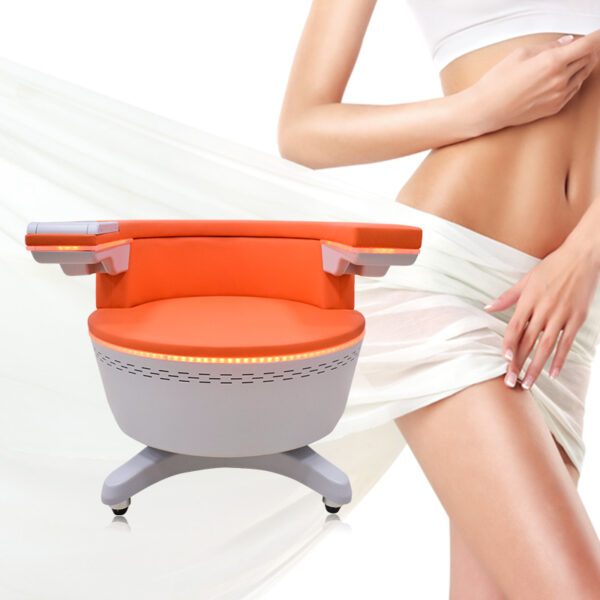
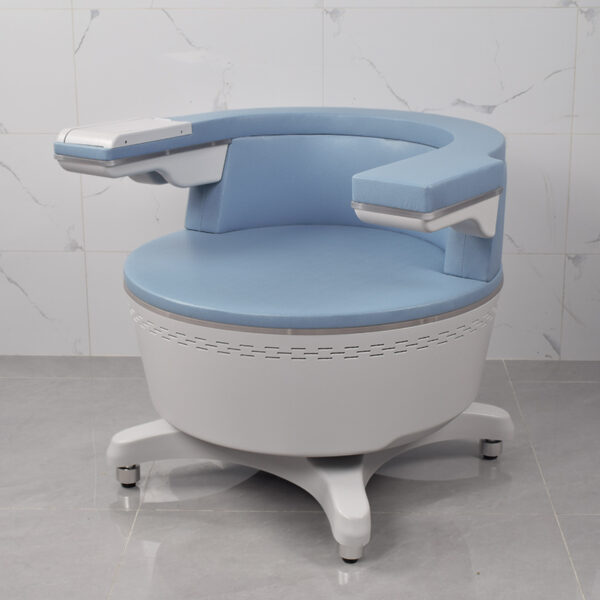
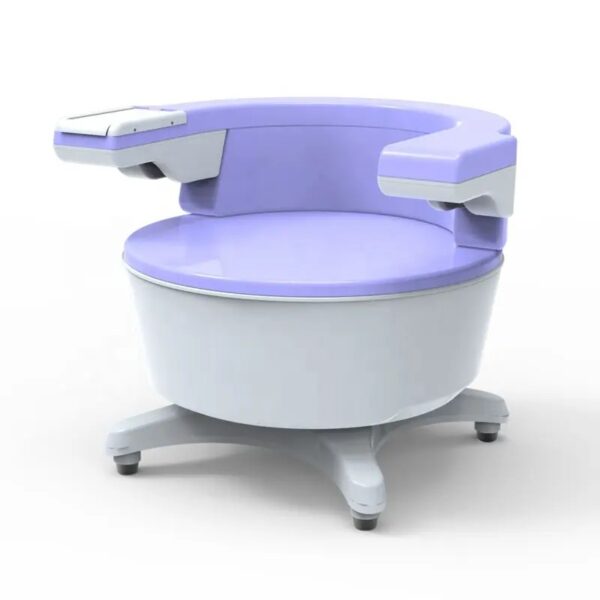
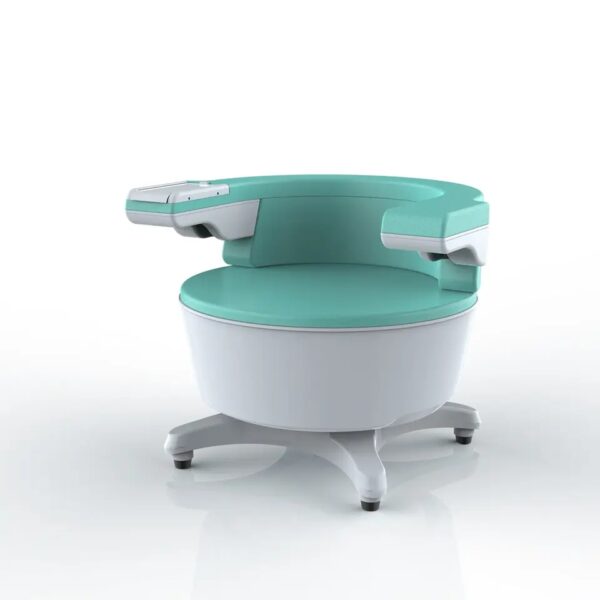
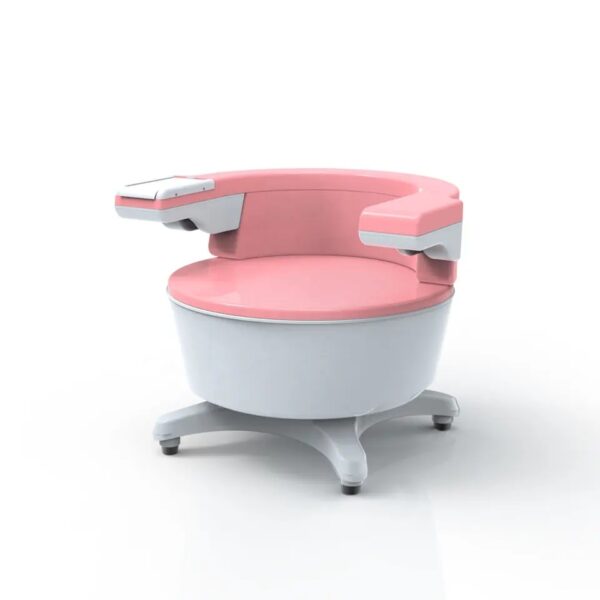
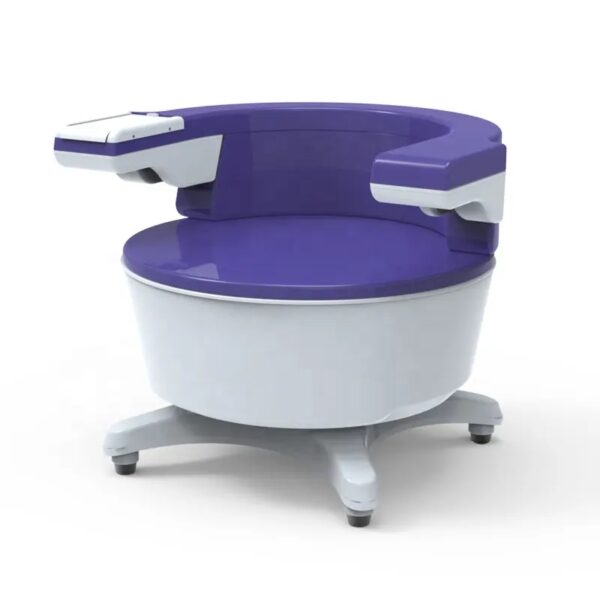
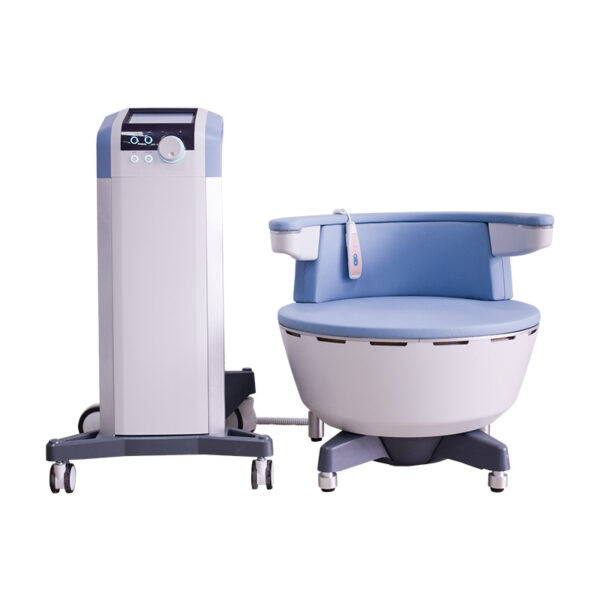
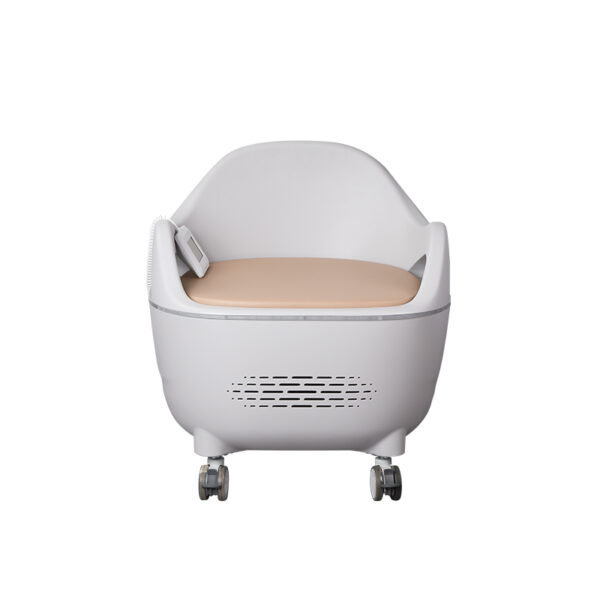
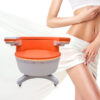
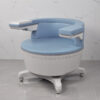
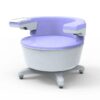
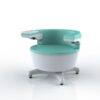
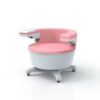

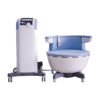
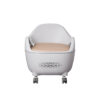
$1,500.00
Model:EM1030
Brand Name:YANMEI
Delivery Method: By Air, By DHL/TNT/FEDEX/UPS Express ,By Sea(Door To Door, Double tax)
OEM/ODM: Support,having been in the industry more than 10 years, all of our product lines can be fully customized to meet your specific needs at competitive prices.
Occasion: Beauty Salon,Hospitals,Clinic,Skin Care Centers,Spa,Home,etc ..
Machine Language: English (Support Customized System Language)
Warranty: lifelong after-sales service
Product Training: Get free one-on-one clinical operating training service.
Ee Certification: All have been approved by international certifications.
 Understanding the Importance of Postpartum Pelvic Floor Recovery
Understanding the Importance of Postpartum Pelvic Floor RecoveryPostpartum pelvic floor recovery is a critical component of overall health for women after childbirth. During pregnancy and delivery, the pelvic floor undergoes significant strain, which can lead to various physical changes, including muscle weakness and altered pelvic alignment. This transition can result in common issues such as urinary incontinence, pelvic pain, and decreased sexual function, all of which can impact a woman’s quality of life significantly.
The pelvic floor comprises a complex network of muscles, ligaments, and tissues that support the bladder, uterus, and rectum. In the postpartum period, these structures are often weakened, making it essential for women to engage in targeted recovery methods. Pelvic floor exercises, widely known as Kegel exercises, are particularly beneficial for restoring muscle strength and functioning effectively. These exercises involve the contraction and relaxation of pelvic floor muscles, promoting blood flow, reducing discomfort, and ultimately enhancing a woman’s sense of control over her body.
However, the effectiveness of Kegel exercises can vary significantly among individuals, and some may struggle to perform them correctly. As such, a growing number of women are turning to innovative solutions like the pelvic floor chair, specifically designed to aid recovery. This chair utilizes advanced technology to simulate the effects of 12,000 Kegel exercises in just 28 minutes, providing a valuable alternative for those seeking efficient postpartum support. By integrating the pelvic floor chair into their recovery routine, women can address the multifaceted challenges associated with postpartum pelvic floor health more readily.
It’s crucial for women to recognize the importance of postpartum pelvic floor recovery. By prioritizing this aspect of their health, they can mitigate potential complications and foster a stronger foundation for their overall well-being.
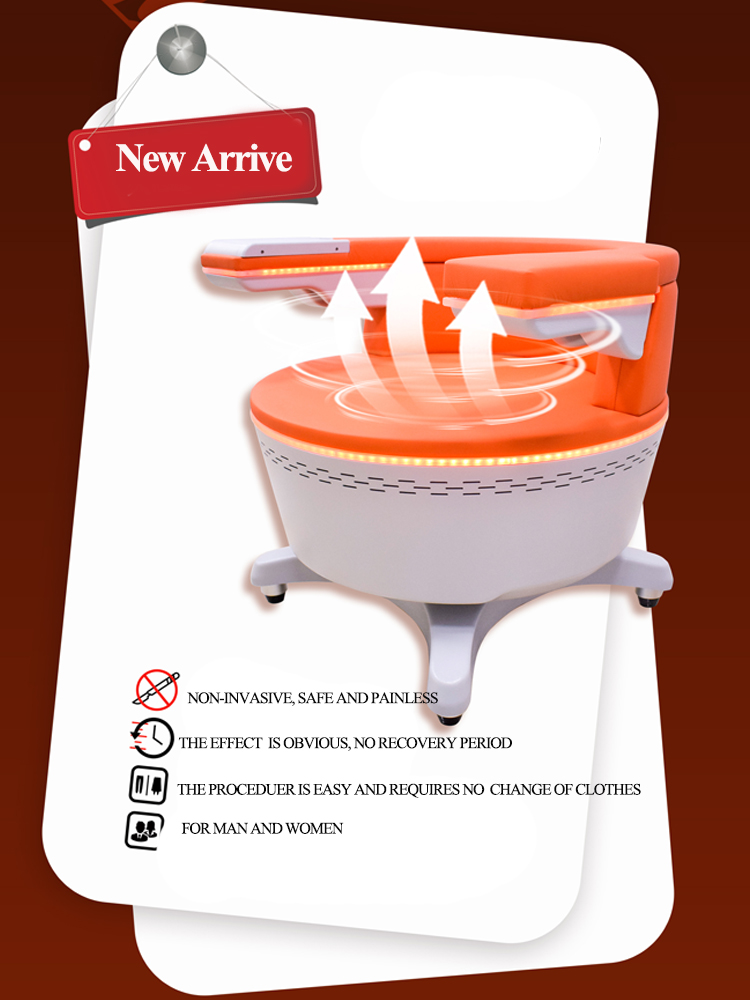
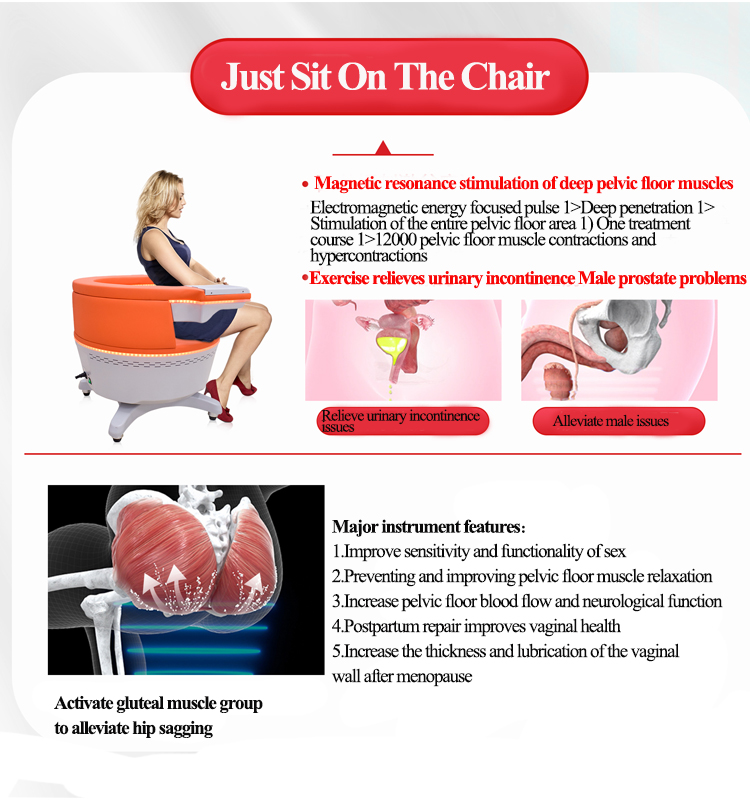
Kegel exercises, also known as pelvic floor exercises, are simple yet effective movements designed to strengthen the muscles that support the uterus, bladder, small intestine, and rectum. Named after Dr. Arnold Kegel, who introduced them in the 1940s, these exercises involve contracting and relaxing the pelvic floor muscles. Performing Kegel exercises correctly can lead to noticeable improvements in pelvic floor health, particularly for postpartum women who may experience weakened muscles due to childbirth.
To begin, one must identify the right muscles by attempting to stop the flow of urine midstream. This contraction indicates the pelvic floor muscles are engaged. Once familiar with the contraction, the exercises can be performed anywhere, as they do not require any special equipment. The standard recommendation is to engage these muscles by contracting for five seconds and then relaxing for five seconds, gradually building up to ten seconds per contraction. Ideally, performing three sets of ten repetitions each day can yield optimal results.
The benefits of Kegel exercises are profound and multi-faceted. Firstly, they can significantly alleviate postpartum urinary incontinence, helping new mothers regain control over their bladder function. Secondly, strong pelvic floor muscles can enhance sexual health by improving sensations and potentially increasing the quality of sexual experiences. Additionally, these exercises play a crucial role in overall wellness by supporting healthy bowel function and reducing the risk of pelvic organ prolapse.
When considering the efficiency of Kegel exercises, one can equate the rigorous routine of daily practice to completing thousands of individual contractions. The concept of utilizing a pelvic floor chair, which can stimulate similar muscle engagement, proposes an innovative alternative to achieving significant progress in pelvic strengthening. A chair designed to assist with Kegel exercises can provide added benefits in postpartum recovery, giving mothers an efficient way to bolster their pelvic floor health while integrating seamlessly into their daily routine.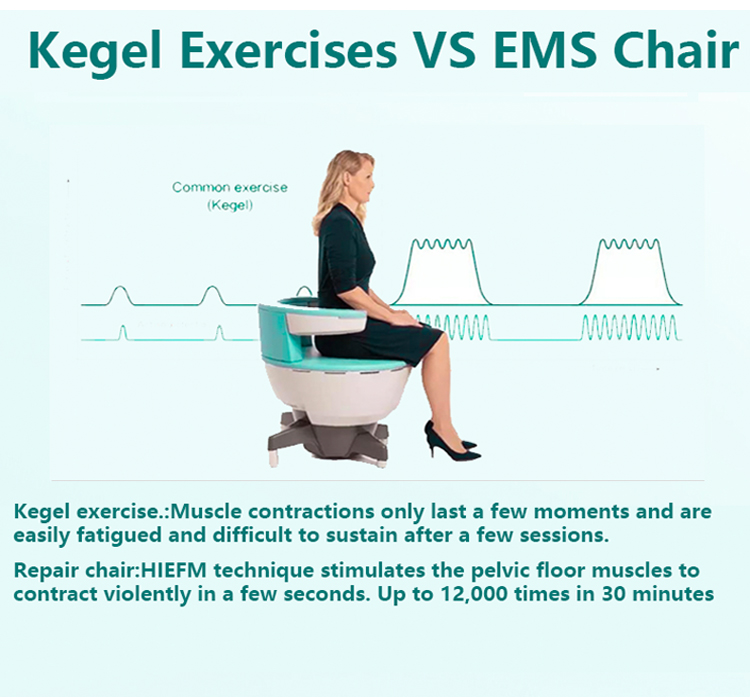
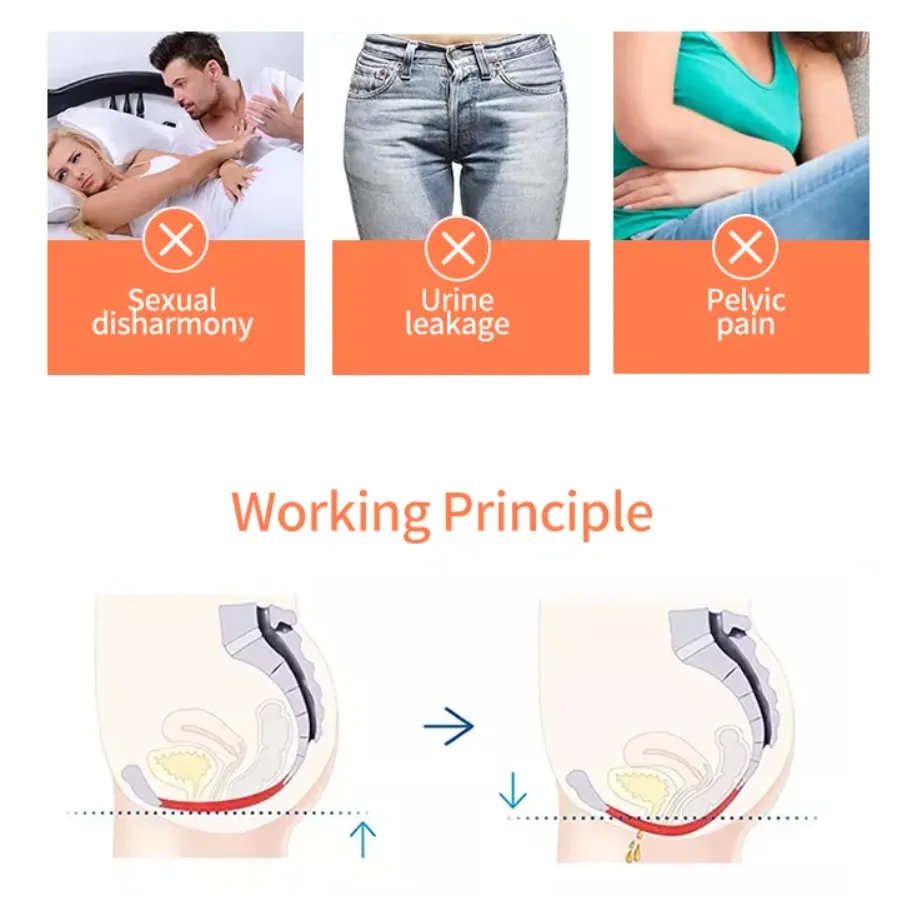
The pelvic floor chair represents a significant advancement in postpartum recovery technology, designed explicitly to aid in the rehabilitation of pelvic floor muscles. The chair’s design integrates principles of ergonomics and biomechanics, providing a comfortable yet effective solution for new mothers seeking to restore their pelvic health. Its unique structure allows users to engage in targeted stimulation of pelvic floor muscles, creating an experience akin to performing thousands of Kegel exercises within a short timeframe.
Functionally, this innovative chair employs electrical stimulation combined with gentle, controlled movements that mimic the contractions experienced during traditional Kegel exercises. By utilizing these techniques, the pelvic floor chair effectively encourages muscle engagement, promoting blood circulation and muscle strength without imposing the physical exertion typically required by standard exercises. This functionality addresses a critical need for postpartum women, who often struggle with time constraints and physical unease in executing conventional pelvic floor exercises due to recovery demands.
The technology behind the pelvic floor chair is noteworthy. It harnesses sophisticated algorithms that tailor stimulation to the individual’s recovery needs and pelvic floor condition. These parameters are adjustable, creating a personalized experience that can be scaled based on recovery progress. Some case studies reveal particularly promising results; testimonials highlight significant improvements in pelvic comfort and overall quality of life among users, pointing to its effectiveness as a supplemental recovery tool.
As mothers navigate the complexities of postpartum health, the pelvic floor chair emerges as a game changer, offering an efficient alternative to traditional exercise regimens. By effectively replicating the benefits of Kegel exercises and integrating seamlessly into daily routines, this innovation positions itself as an essential ally for women focusing on recovery during a transformative stage of their lives.
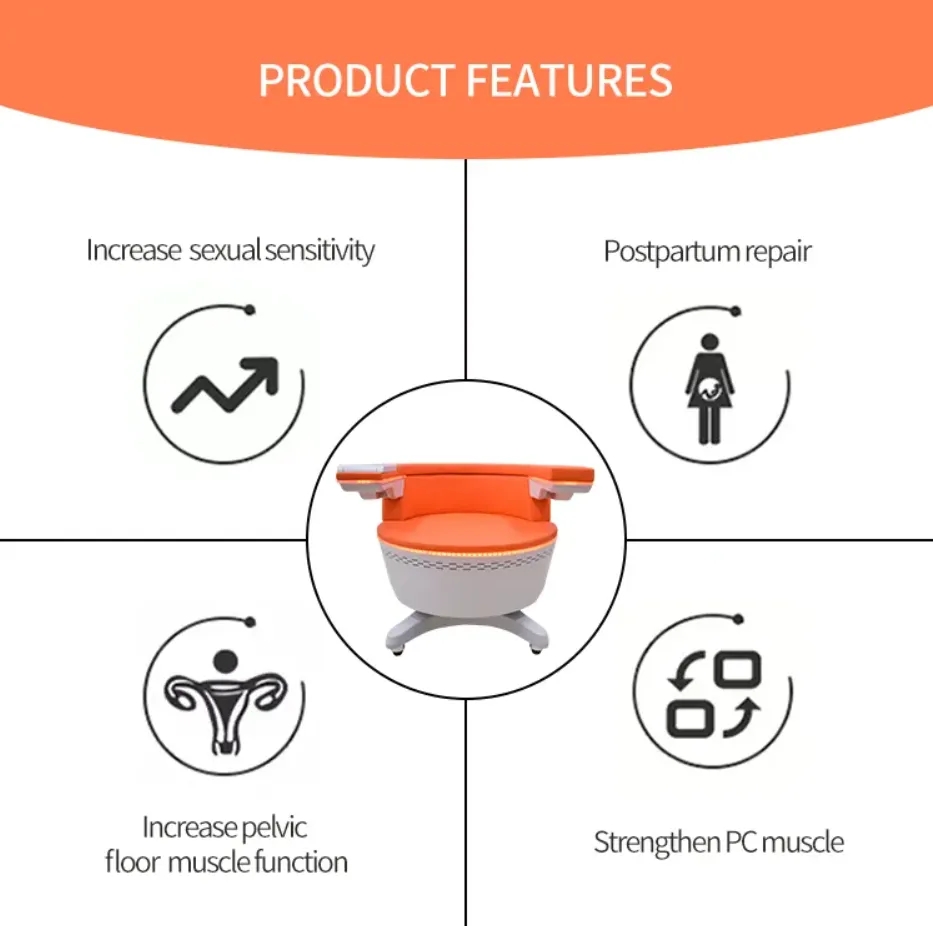
When considering methods for postpartum pelvic floor strengthening, a comparative analysis reveals key differences between traditional Kegel exercises and the innovative pelvic floor chair. Traditional Kegels involve manually contracting and relaxing the pelvic floor muscles, a practice that may lower in consistency due to competing daily responsibilities. On the contrary, utilizing a pelvic floor chair offers a time-efficient alternative, enabling mothers to engage in muscle strengthening without the need for a dedicated exercise routine.
The time investment associated with Kegel exercises can be significant; performing them correctly requires focus and practice to yield benefits. Typically, achieving recommended engagement would necessitate multiple short sessions throughout the day. However, the pelvic floor chair promises a robust solution, promoting relaxation of the body while effectively stimulating the pelvic region. A dedicated session of just 28 minutes on the chair is said to correlate to the effectiveness of approximately 12,000 Kegel exercises, marking a considerable reduction in time expenditure. This minimizes the barrier of entry for postpartum women, allowing for a more feasible regimen.
Ease of use further differentiates the two methods. Traditional Kegels demand a conscious effort and can be effectively avoided in times of stress or fatigue, whereas the pelvic floor chair provides an automated, user-friendly solution that mothers can easily integrate into their lives. Additionally, the chair’s design encourages proper muscle engagement without overexertion, fostering a safe environment conducive to recovery.
In terms of overall effectiveness, studies indicate that the pelvic floor chair can yield not just comparable, but potentially superior results for pelvic health, particularly for those less able to commit to conventional exercise. By addressing common postpartum challenges, such as time constraints and fatigue, the pelvic floor chair is emerging as a compelling option for strengthening the pelvic floor in the postpartum recovery journey.
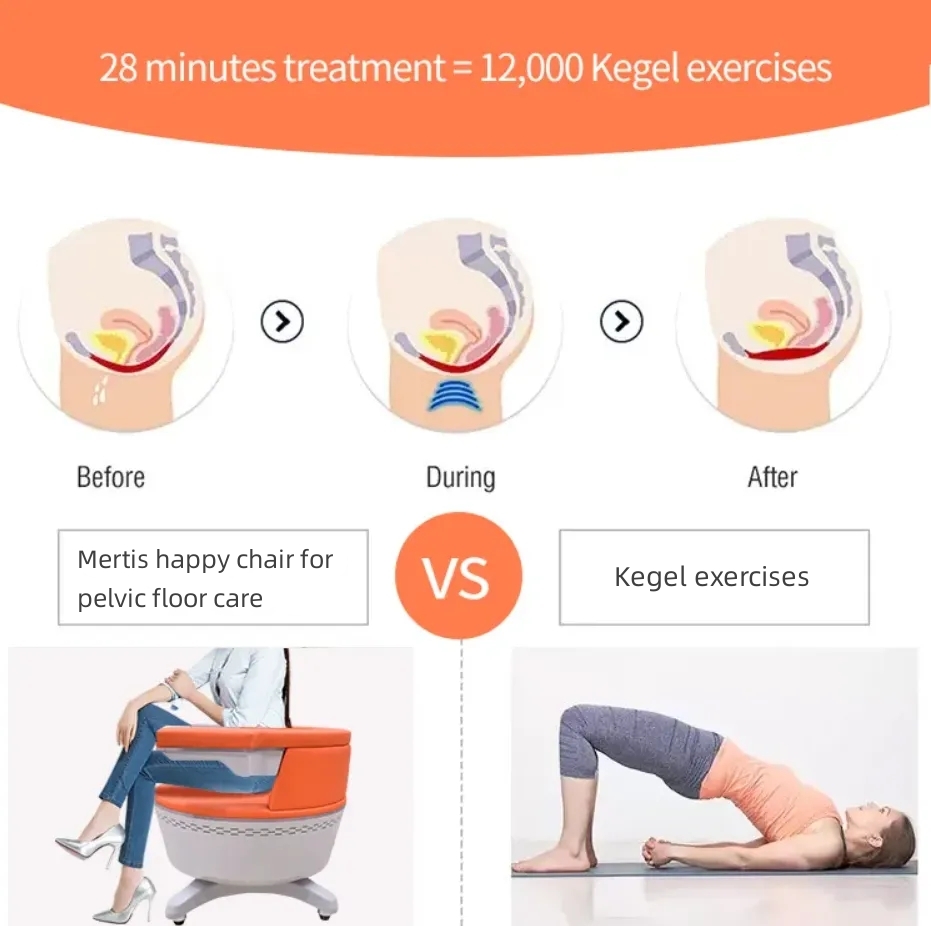
Selecting a pelvic floor chair that aligns with your individual needs is crucial for maximizing the benefits of this innovative recovery tool. Begin by assessing the chair’s design and adjustability; ensure that it can accommodate different body types and postures. Look for features that provide lumbar support and proper alignment, as these elements contribute to comfort during use. Seat depth and width should also be considered, allowing for optimal hip positioning and alleviating any potential strain on the pelvic region.
Comfort is paramount when integrating a pelvic floor chair into your daily routine. Test various models, if possible, to identify which options yield the best stability and ease of use. Some chairs come with ergonomic designs that support prolonged usage without discomfort. Additionally, consider fabric choice and texture, as breathable materials will enhance your experience during each session. The objective is to feel relaxed and at ease while performing your pelvic floor exercises.
To incorporate the chair effectively into your routine, allocate dedicated time daily for use. This consistency not only helps establish a habit but also enhances the chair’s restorative effects. Begin with short sessions, gradually extending the duration as comfort improves. Pair your time spent on the chair with deep breathing exercises or gentle stretches to augment relaxation and support pelvic floor health.
Furthermore, seek additional resources for postpartum support and pelvic health education. Online platforms, support groups, and professional consultations can provide valuable insights and encouragement. Always listen to your body and consult healthcare professionals if you encounter any discomfort or have questions about your pelvic floor recovery. By prioritizing your pelvic health and utilizing a pelvic floor chair effectively, you can enhance your recovery journey significantly.
